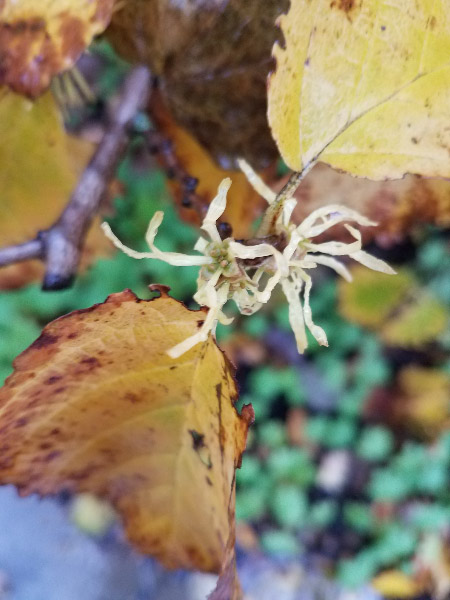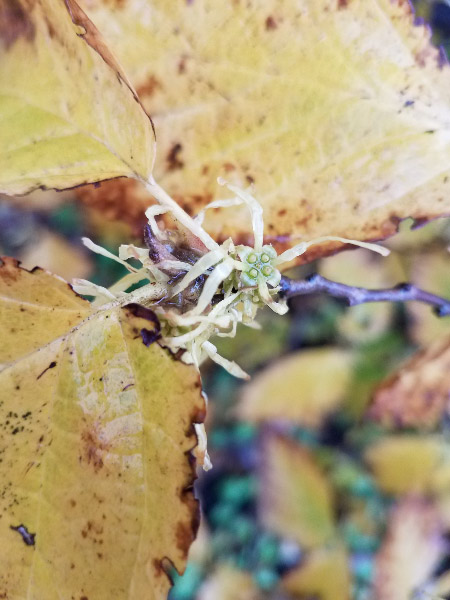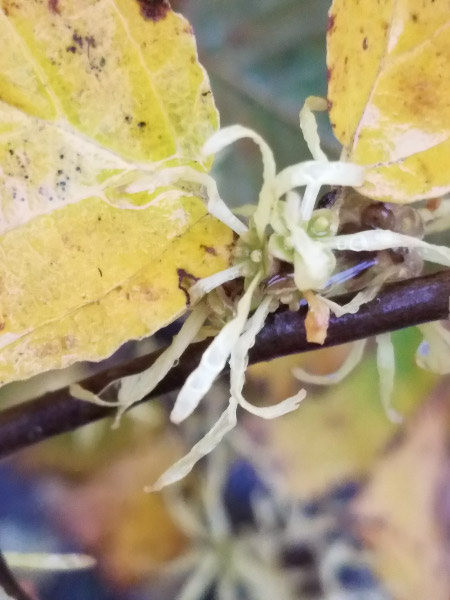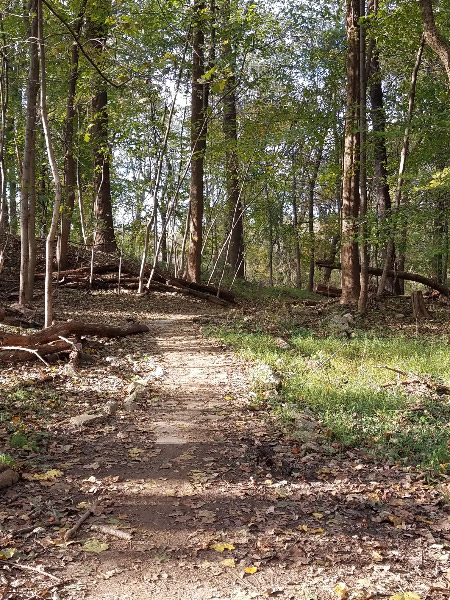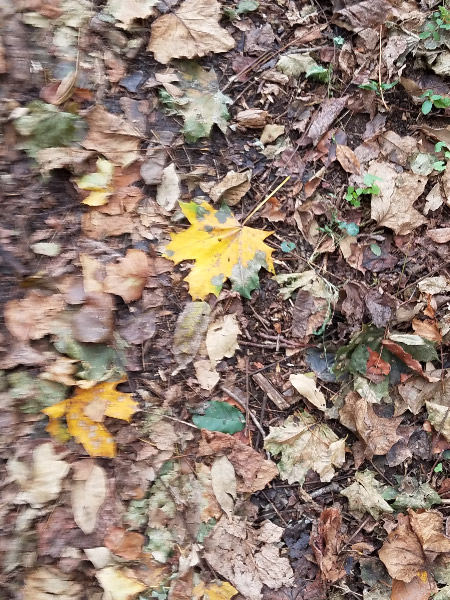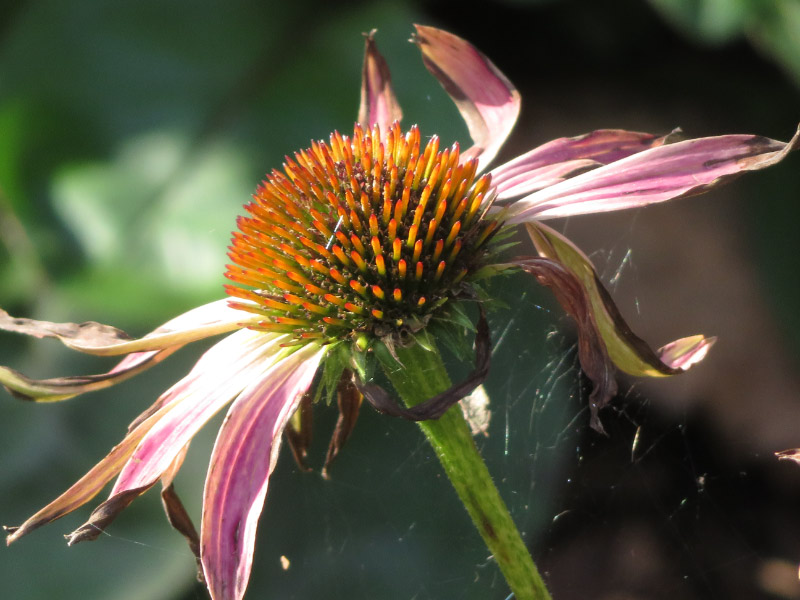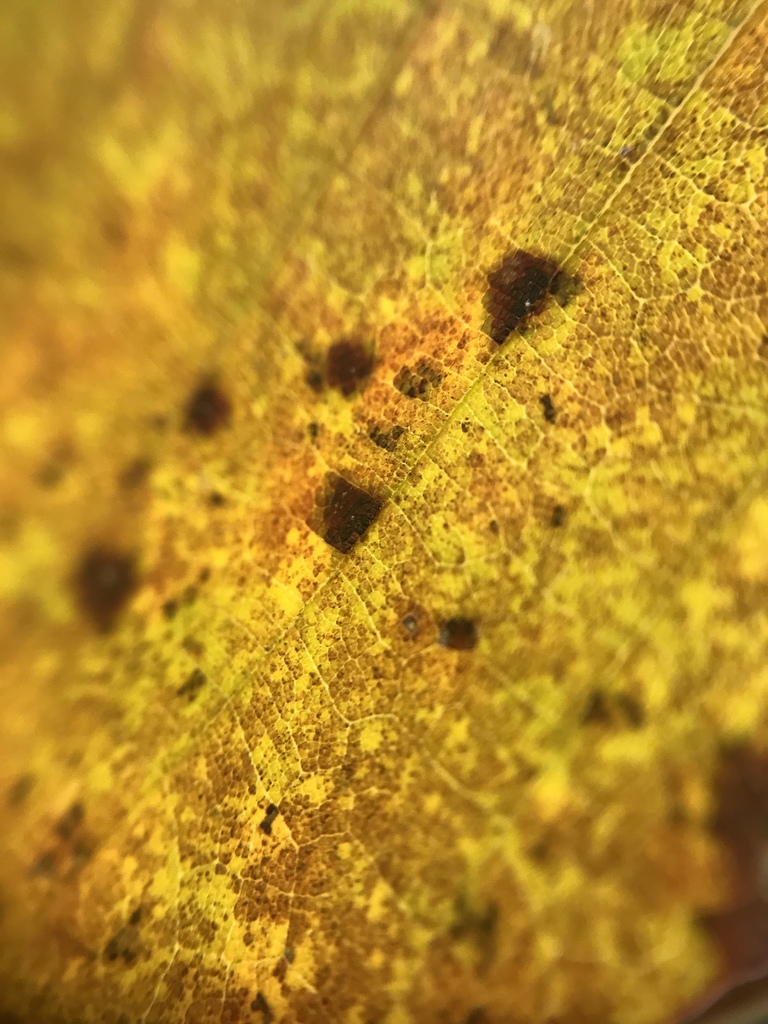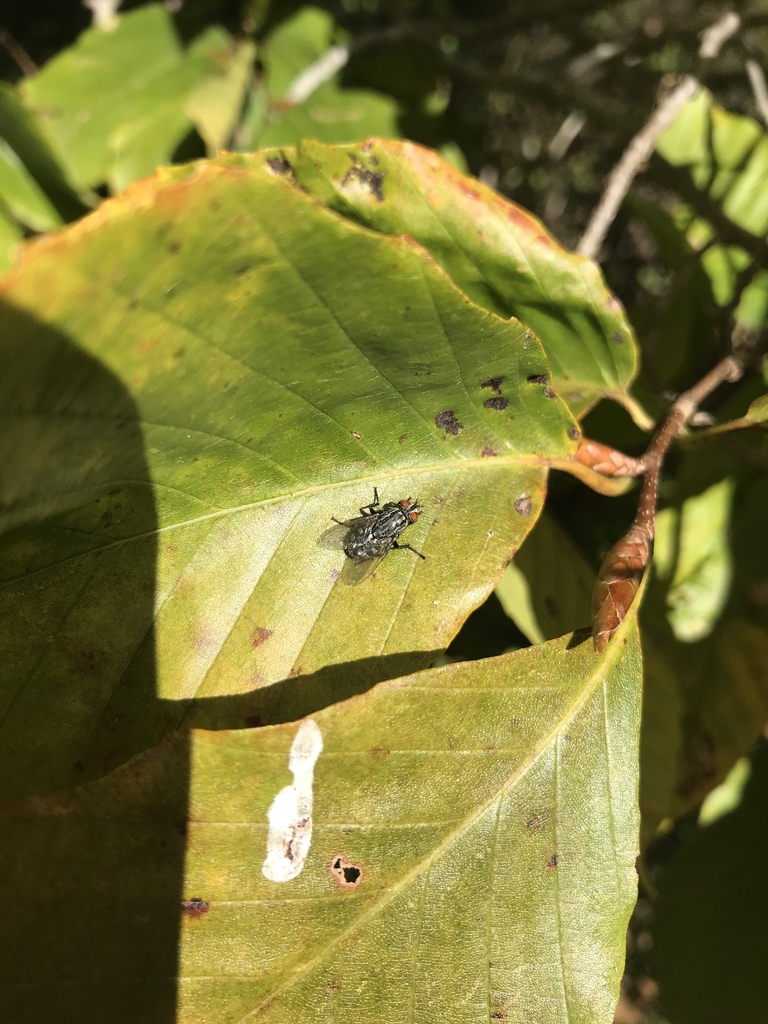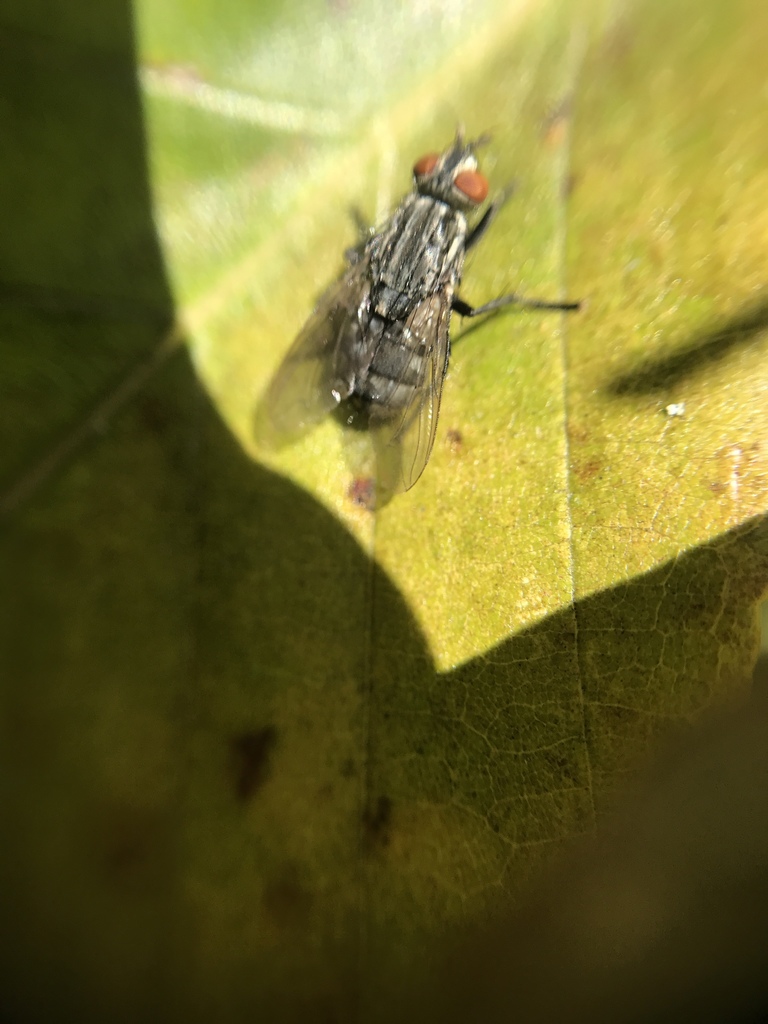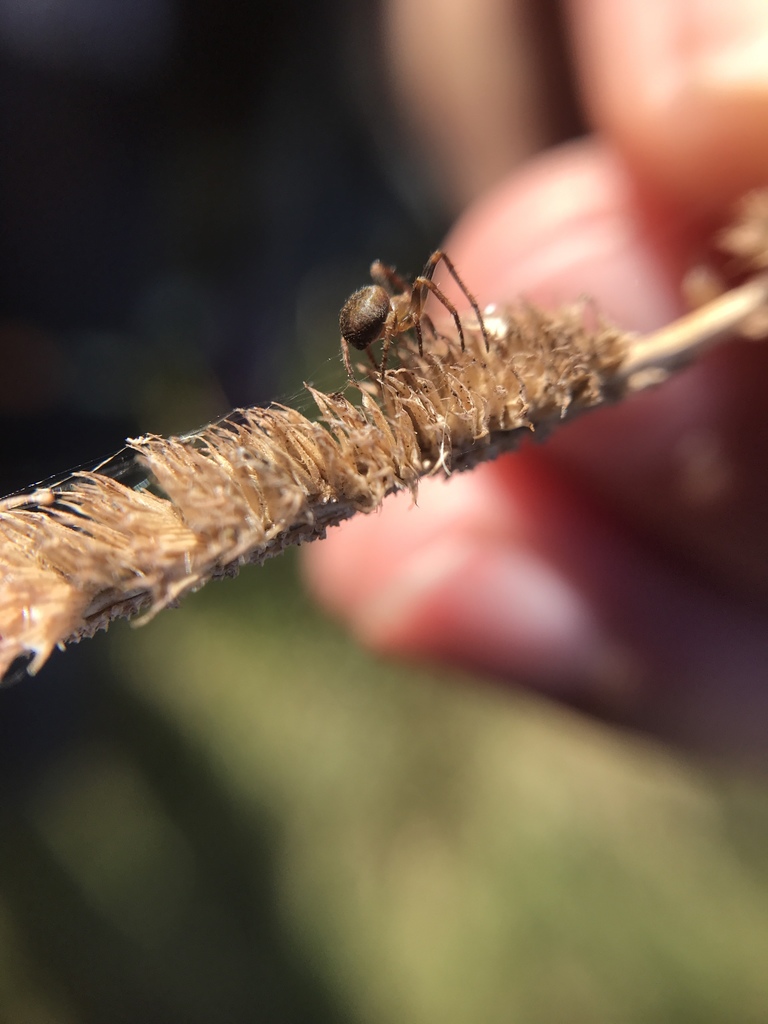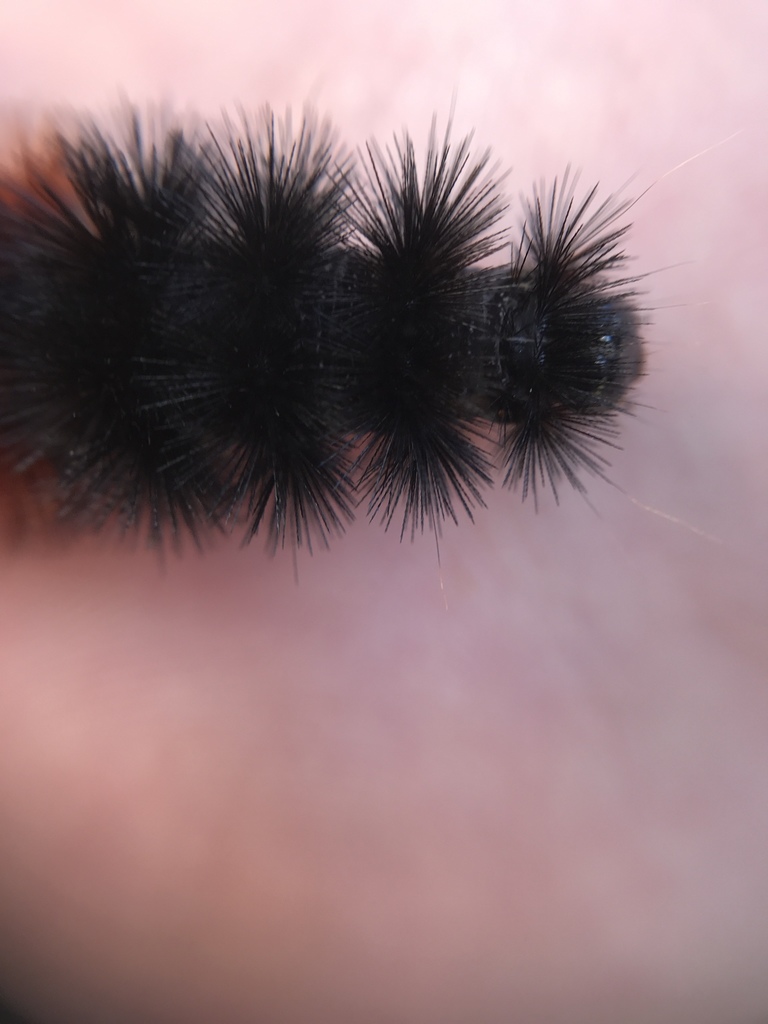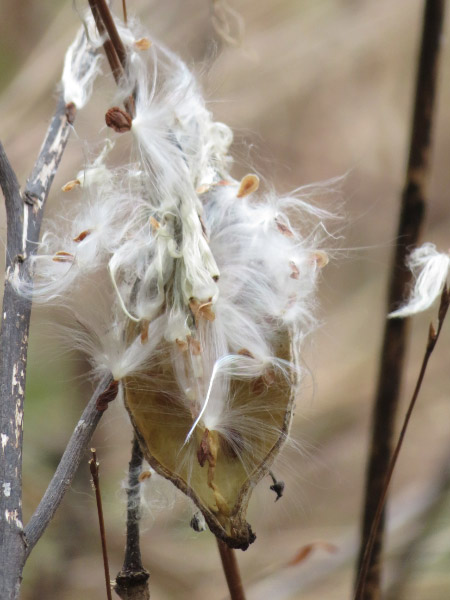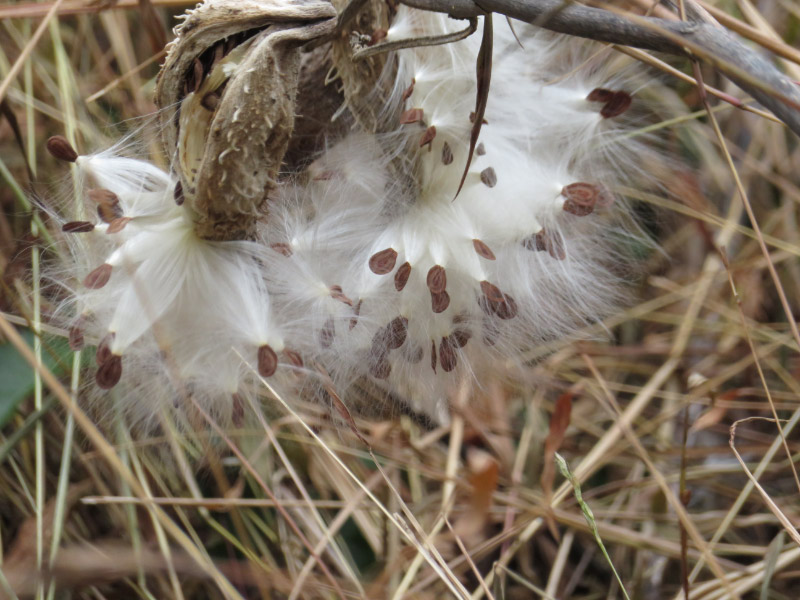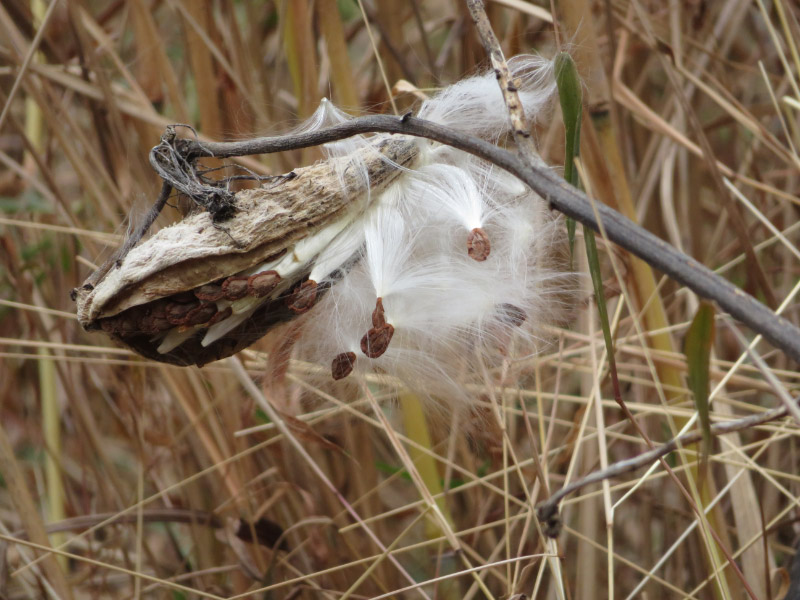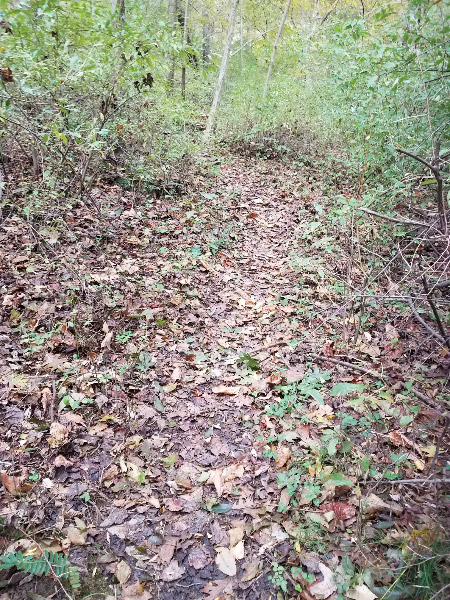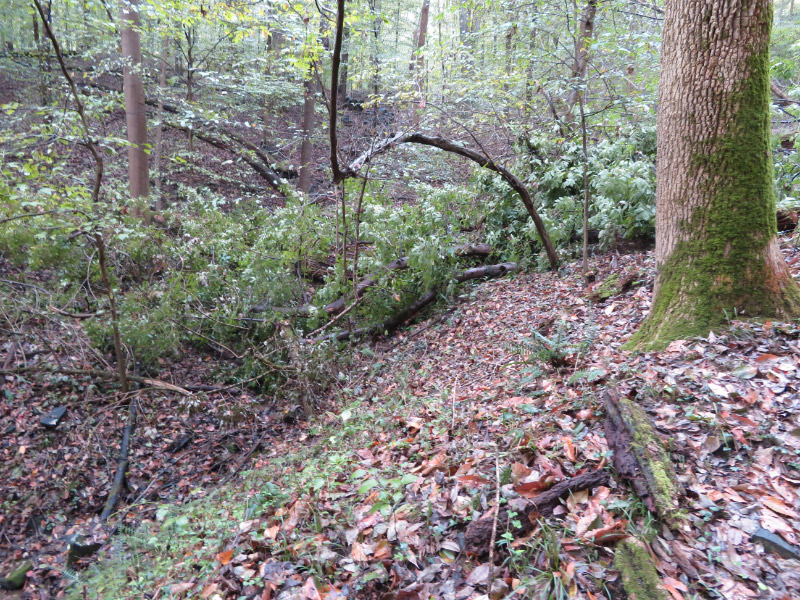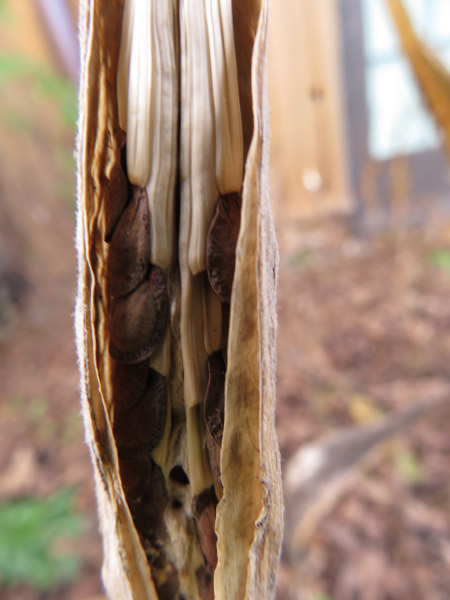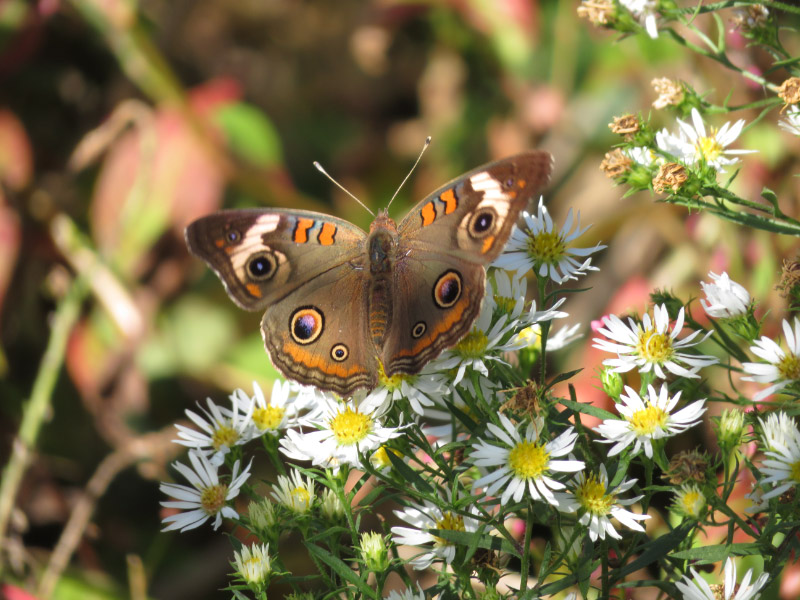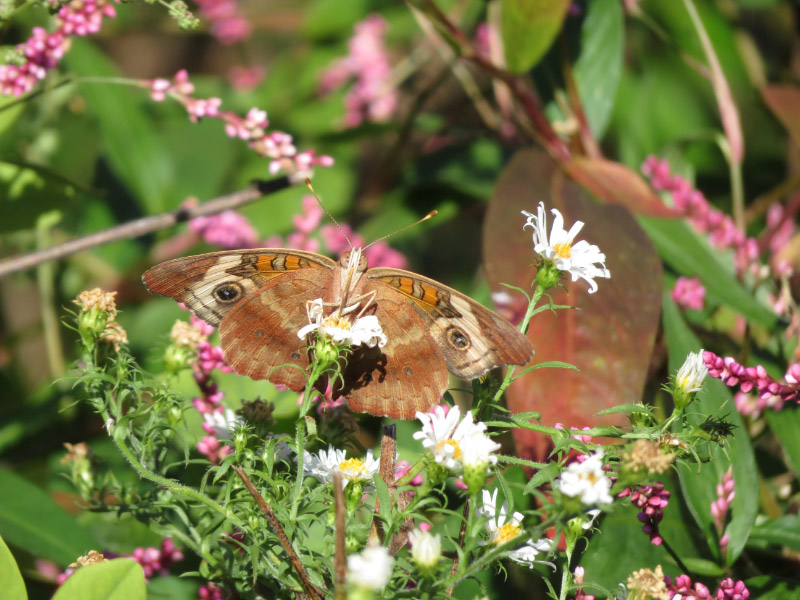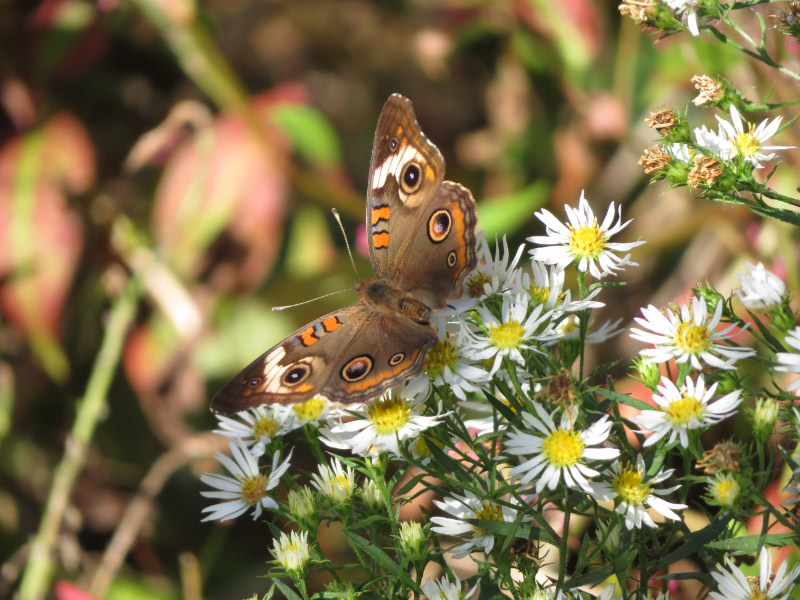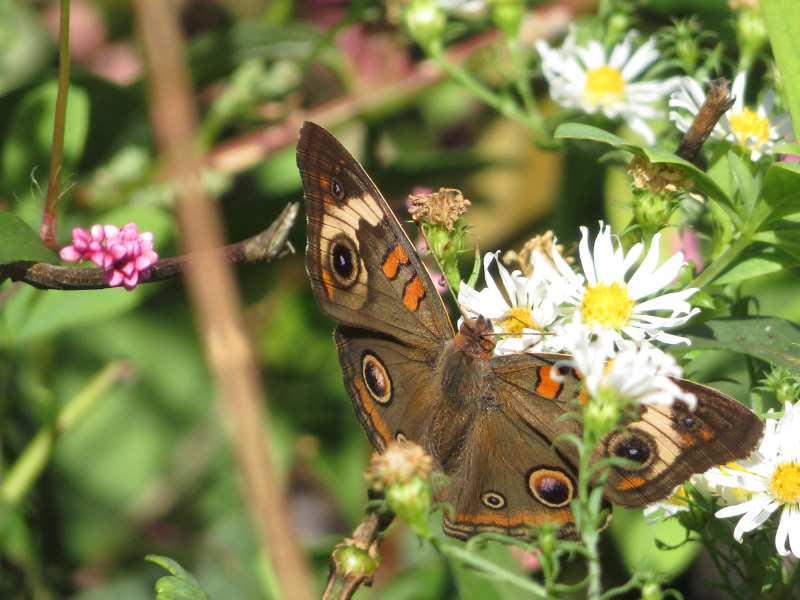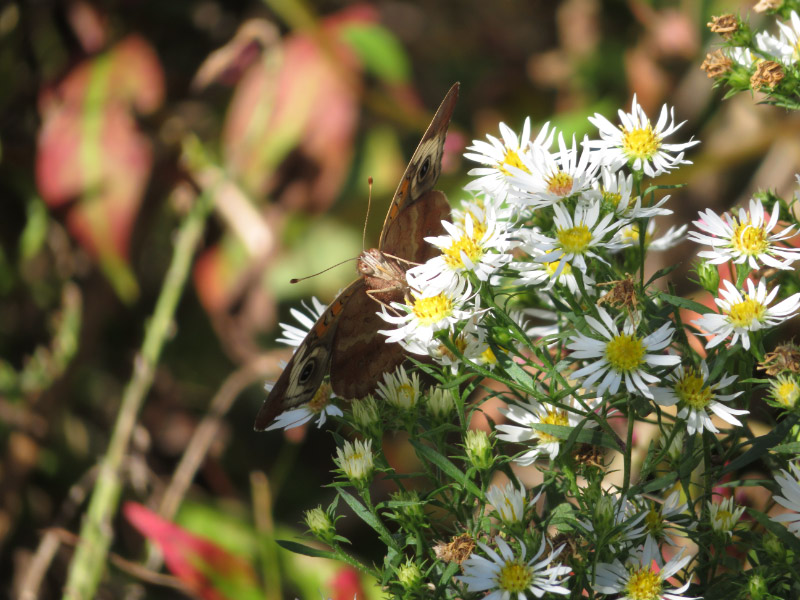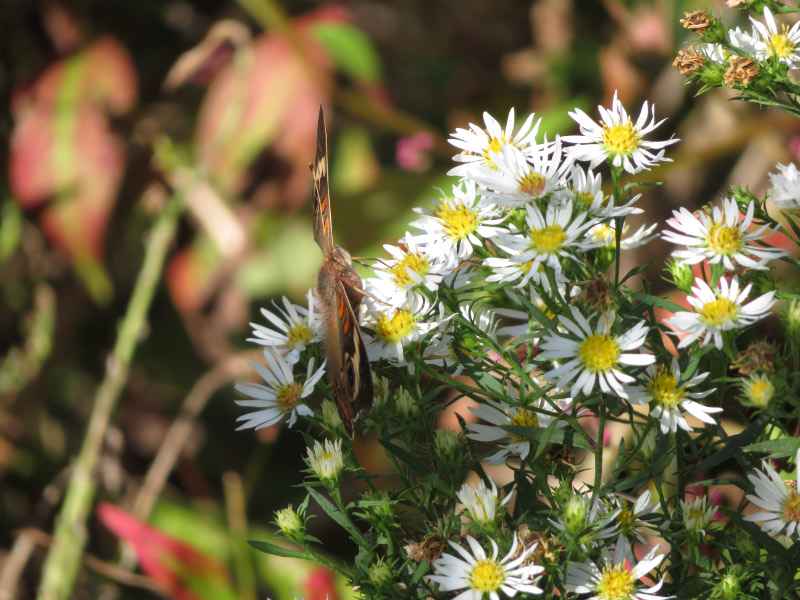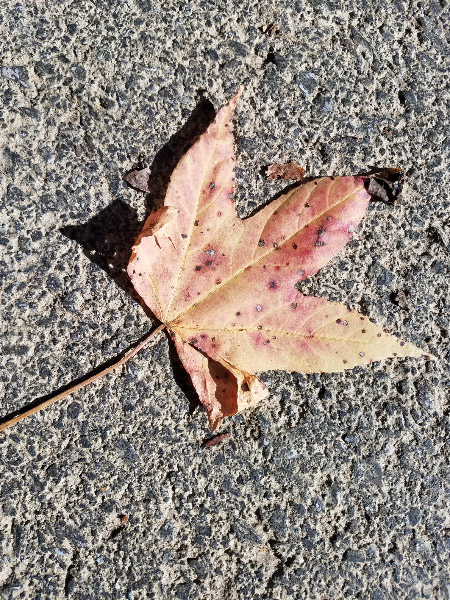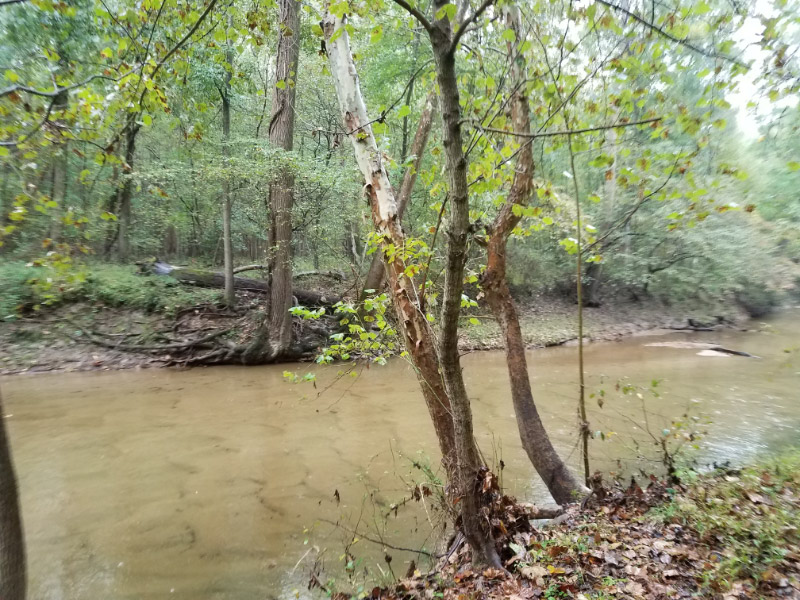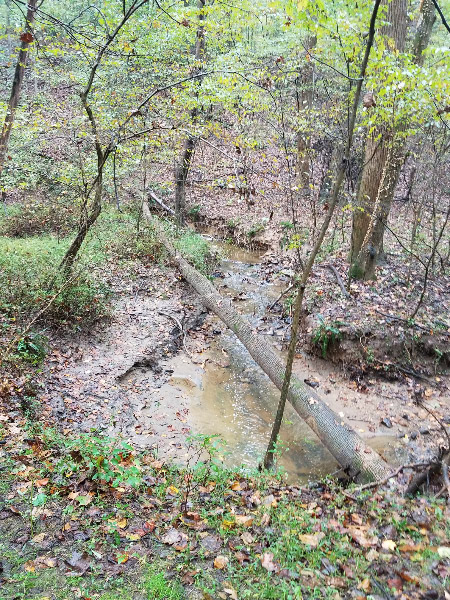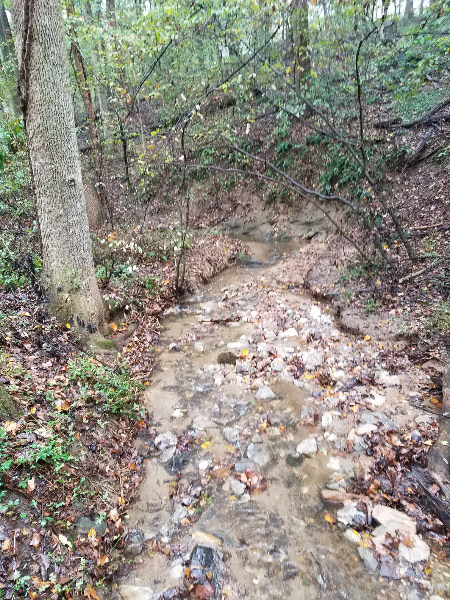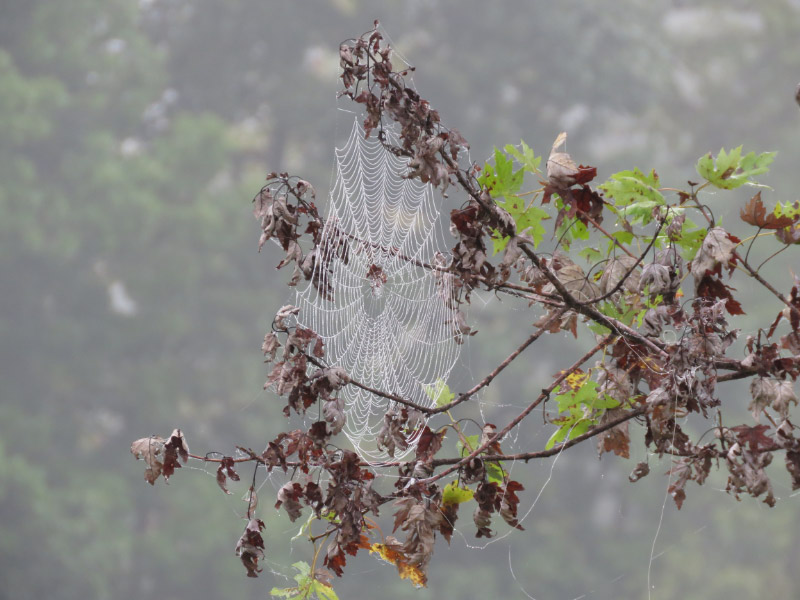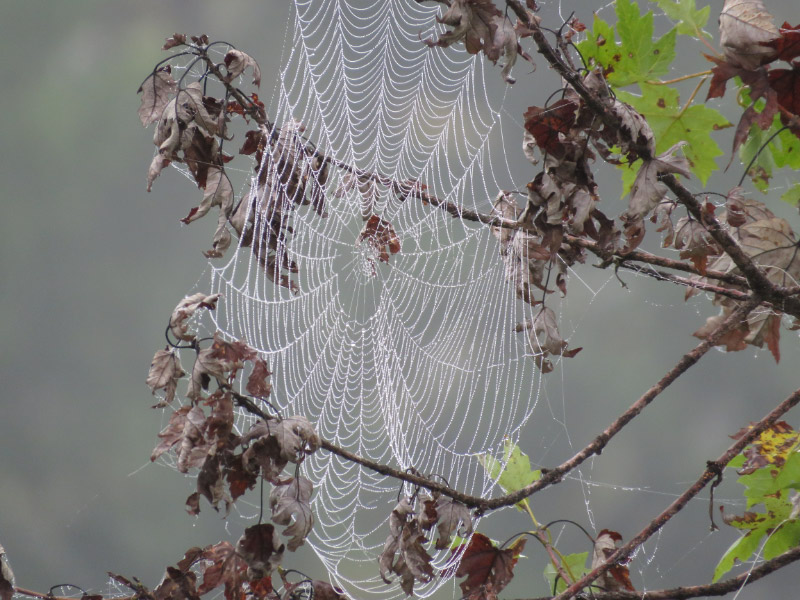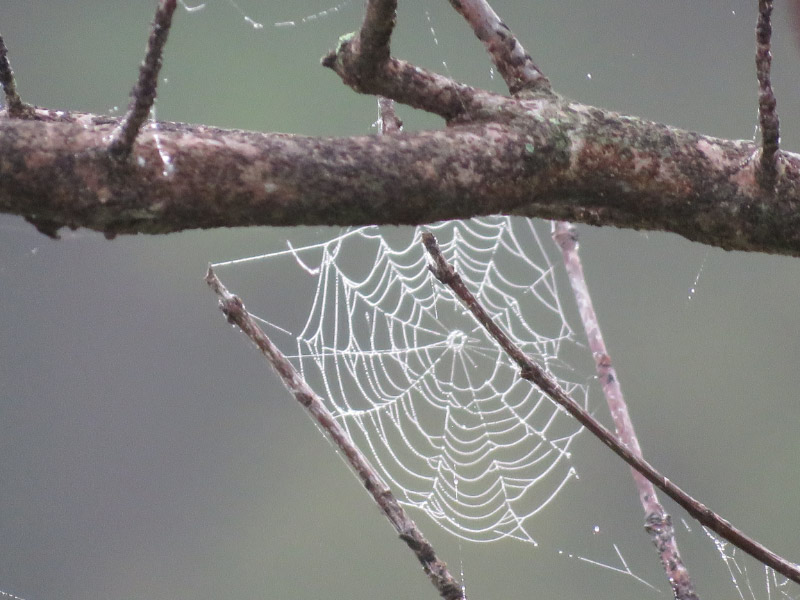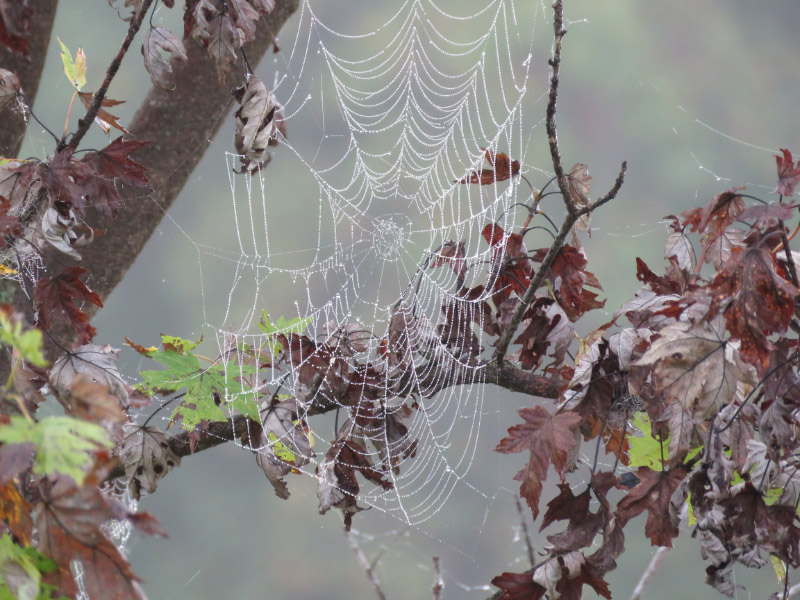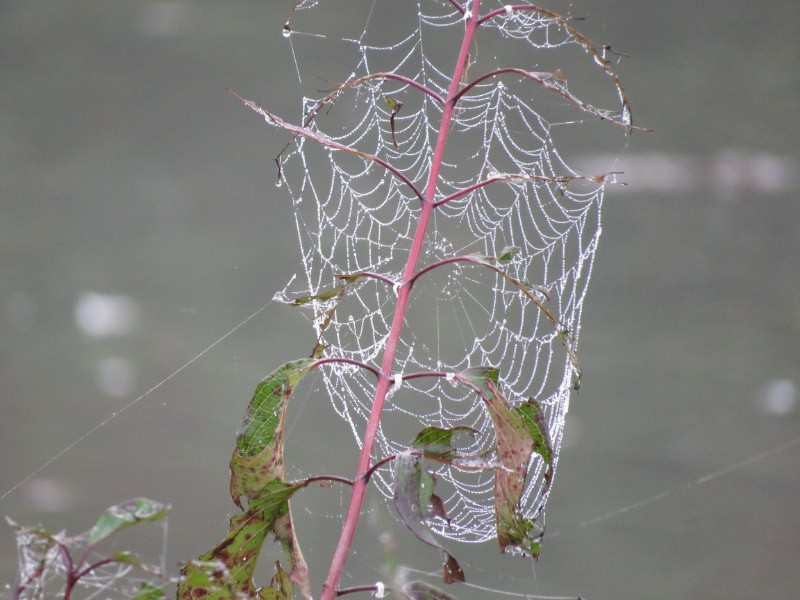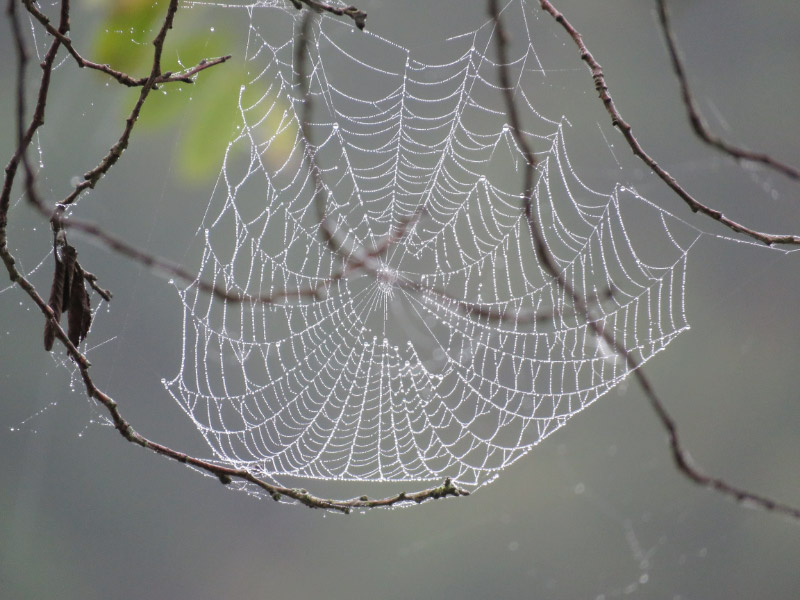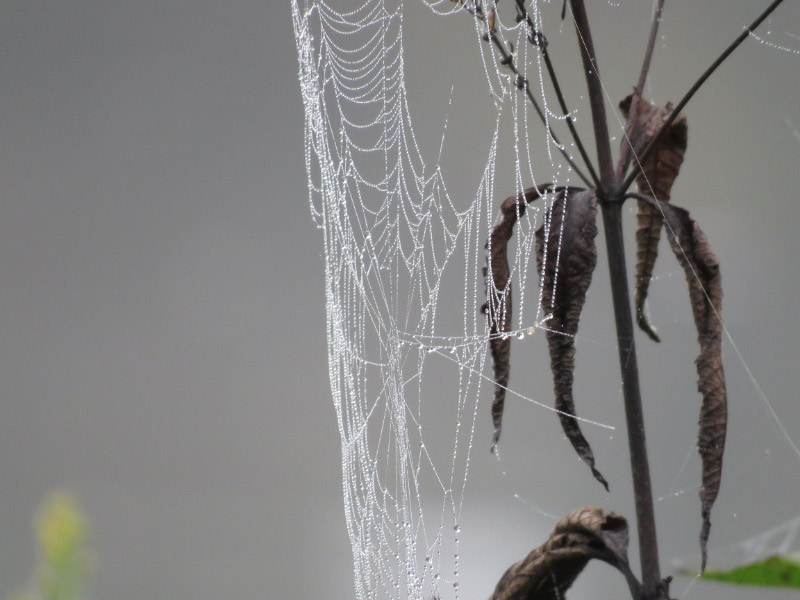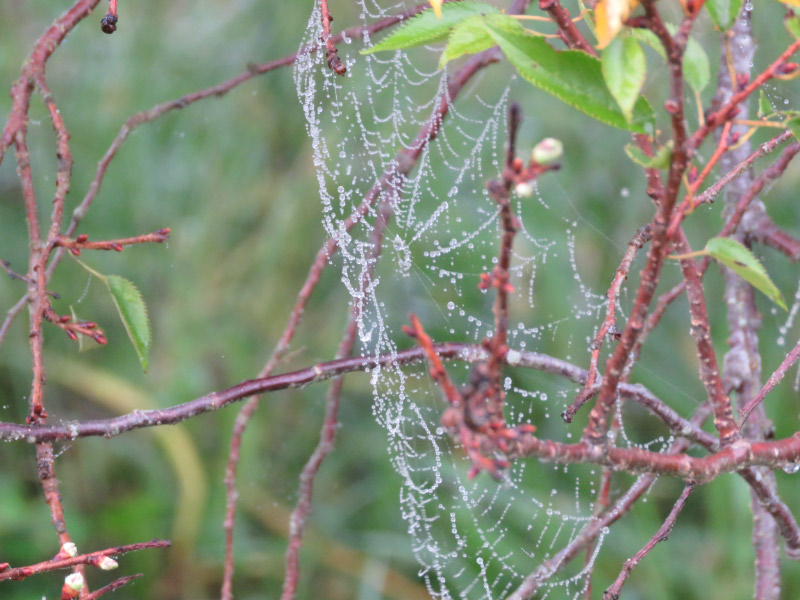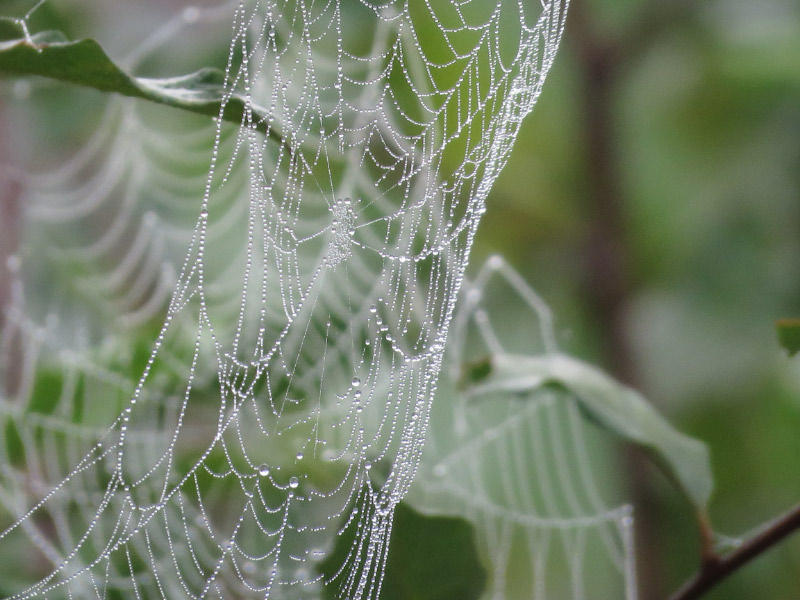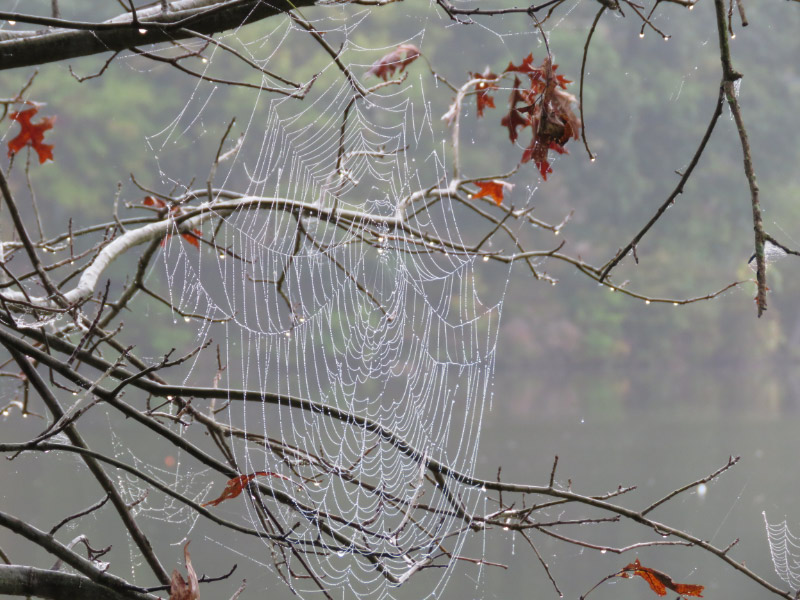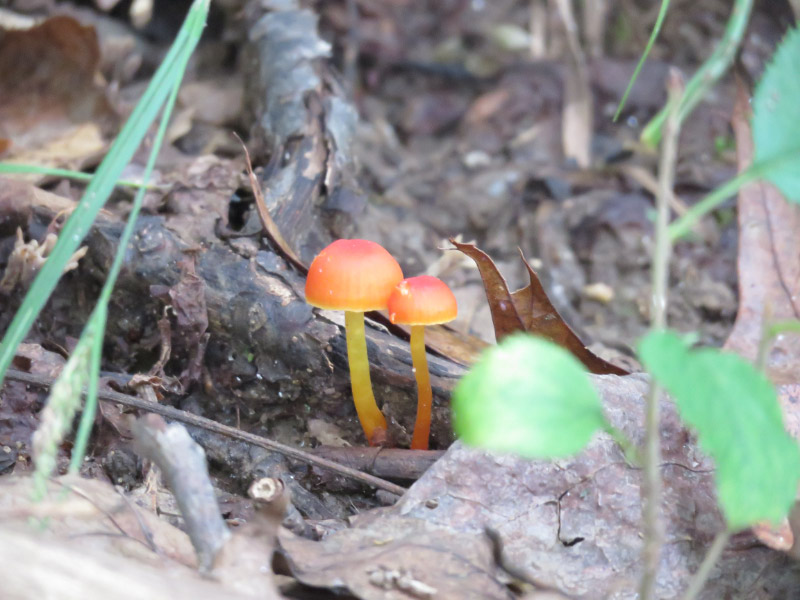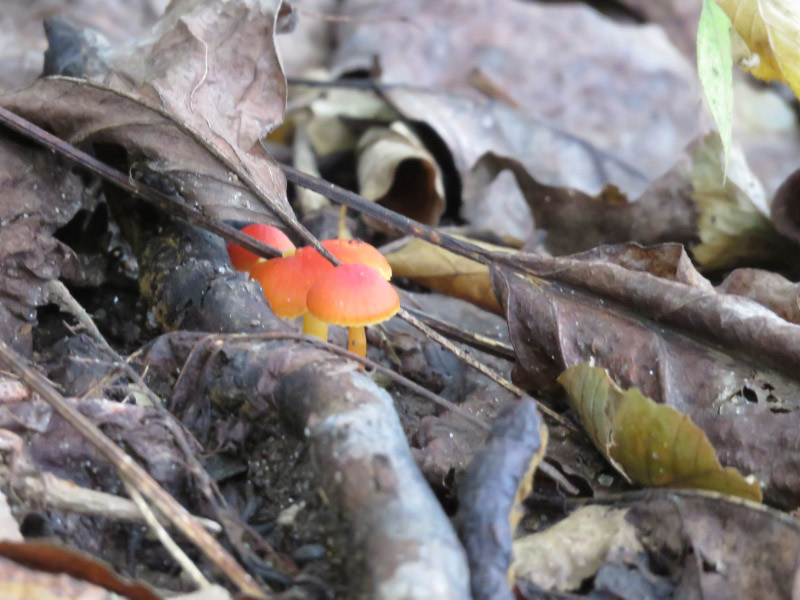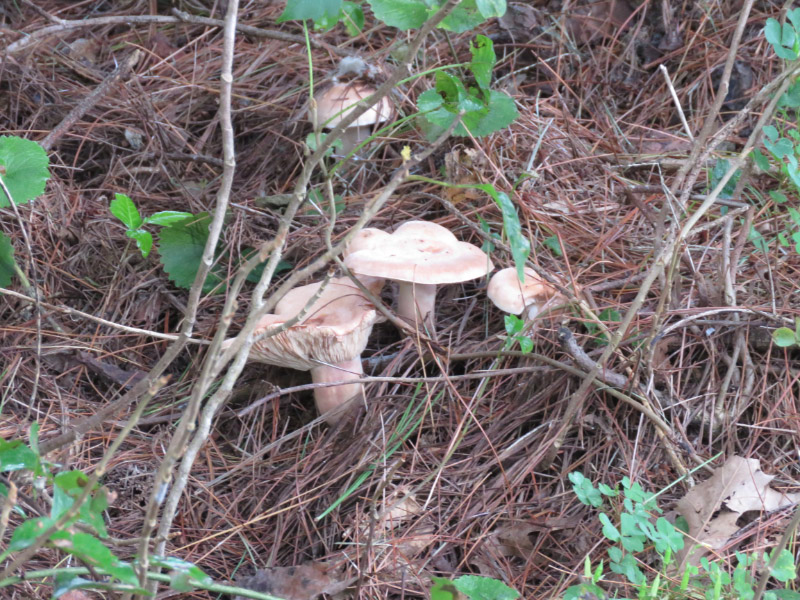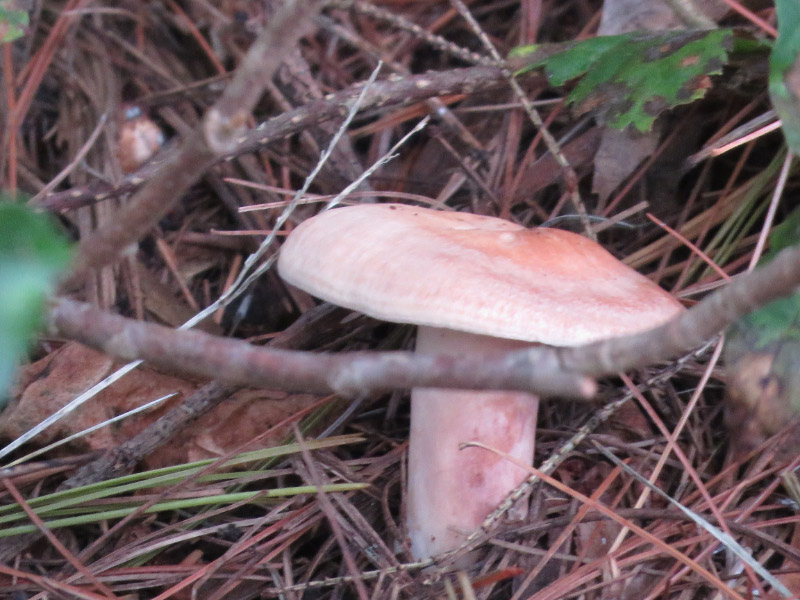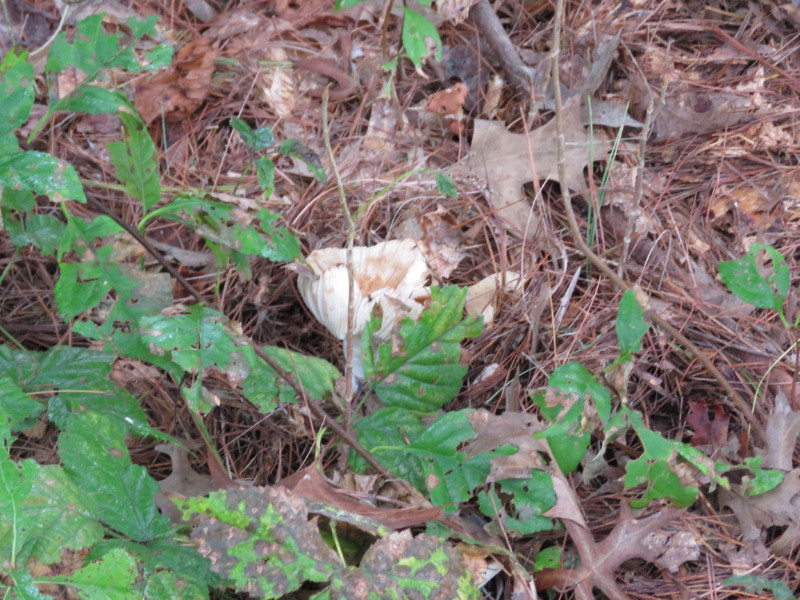Field Trips in the Rain
/Last week, I volunteered for two elementary school hiking field trips at Howard County Conservancy’s Mt Pleasant Farm….and it rained both days! On Monday it was kindergarteners and the ‘hike’ was shorted from 40 minutes to 20 minutes and accomplished in mostly the nature center. We started out on the terrace above the nature center looking out over the Honor Garden…talking about trees with leaves (and looked at leaves on the ground). Then we walked quickly around the front of the building to get to the nature center…and were wet enough already. Inside the nature center there were animal skulls and pelts…seeds and leaves…preserved insects…
And tree cookies.
When I talk to kindergarteners about tree cookies, I take time to explain what they are…and that they are not to eat! We count the main rings on the Royal Paulownia and then note that the other trees grow more slowly. My favorite is the dogwood because the rings are not as regular the other samples. The children are always enjoy learning about sugar maples…and maple syrup.
The rest of the time that would have normally been hiking was spent observing and hearing about Ranger, the barred owl.
On Friday, it only sprinkled a little on the first hike with second graders while we were out and about in the meadow. It was a very cloudy day.
During the second hike, it started raining. The children were dressed for the weather and more than half of them had umbrellas. We were in the meadow collecting and analyzing soil samples when it started raining. We decided we’d done enough samples and went to learn about the rocks by looking at an old stone wall. We started making our way back to the nature center by way of the goat and chicken enclosures…noting what the animals were doing (both enclosures have shelters and that’s where the animals were…out of the rain). We stopped briefly at the old stump in front of the farm house and discovered a snake skin fragment. Then we headed in to the nature center to see the living black rat snake (Onyx), a snake we see frequently at Mt Pleasant. They were ready for lunch too!
These were my last elementary field trips for the fall season. Even with the challenge of rain, they were good experiences…for me and for the students.














